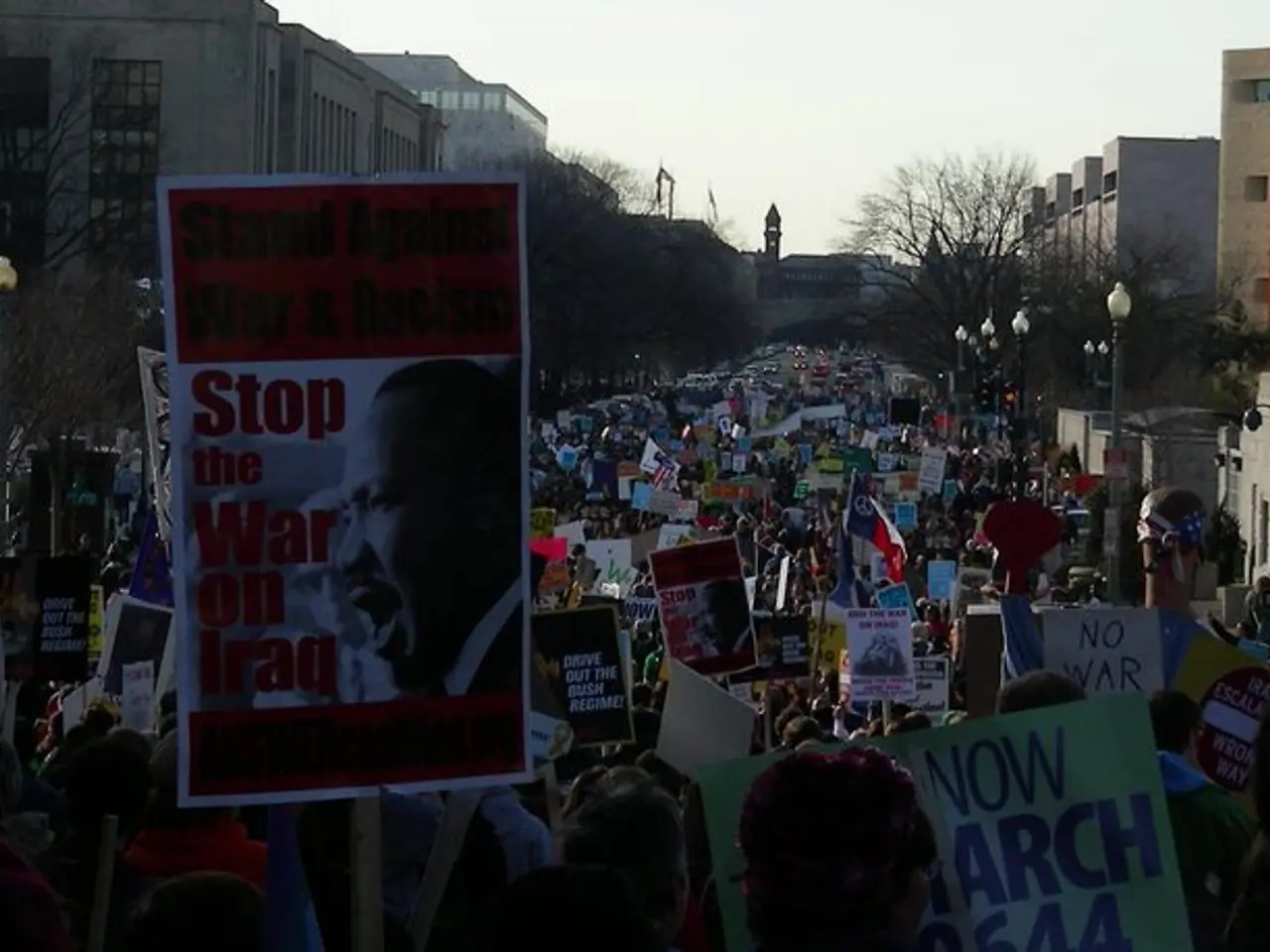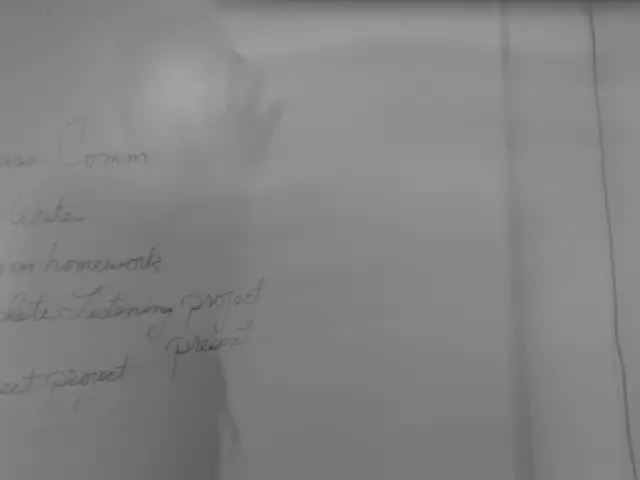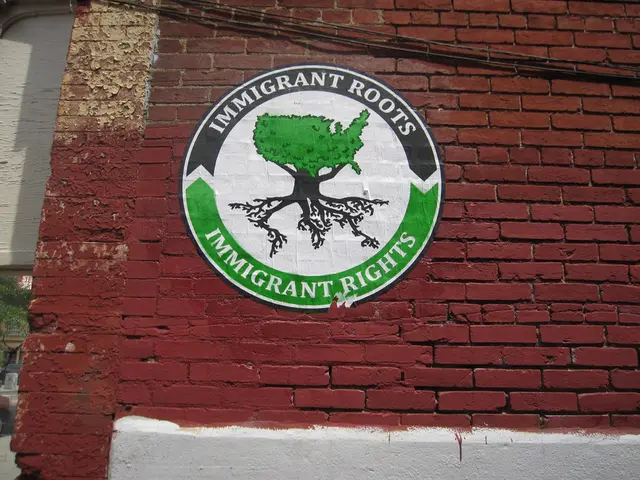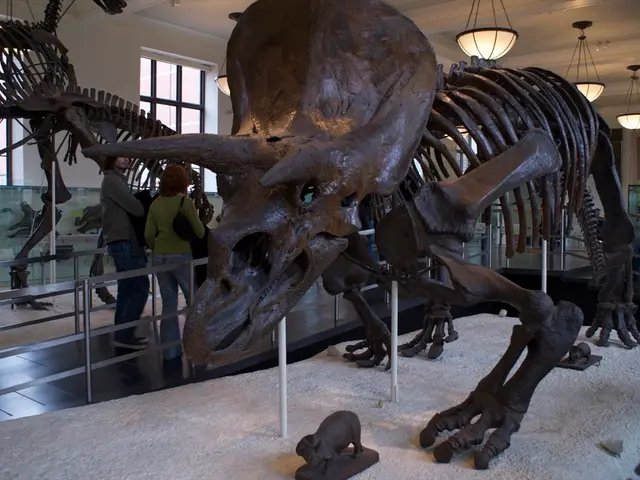Violent demonstrations against the administration in Nepal result in 19 causalities on the streets
In recent days, Nepal has been witnessing intense protests led by younger citizens, aged around 18 to 30, in cities such as Itahari and Kathmandu. The demonstrations have been primarily against the government's decision to block 26 online networks.
The current approach to controlling the online networks has sparked strong criticism, with protesters arguing that the government is trying to expand its control over the platforms instead of just regulating them. Critics claim that this move is an attempt to stifle freedom of speech and expression.
The government, however, accuses the affected online services of not registering properly. This decision was made last week, and it has led to protests in the eastern city of Itahari as well.
The Supreme Court ordered in August that online services should be placed under state supervision to combat misinformation. However, the implementation of this order has been met with resistance, leading to the ongoing protests.
The protests in Kathmandu have been particularly violent, with clashes between protesters and police resulting in numerous casualties. According to police spokesperson Binod Ghimire, at least 17 people have died in Kathmandu, while the total death toll across Nepal stands at 19.
Local media outlets like "The Kathmandu Post" reported that the police used water cannons, tear gas, and live ammunition against protesters in Kathmandu. Some of the injured in Kathmandu were in critical condition, with gunshot wounds to the head or chest.
The government's actions have also resulted in over 100 injuries, including police officers. The police in Kathmandu attempted to prevent protesters from entering the parliament building.
The protests reached a climax on Thursday, with thousands of protesters in Kathmandu attempting to storm the parliament building. The interior minister, Ramesh Lekhak, resigned during a cabinet meeting in response to the escalating situation.
The Prime Minister of Nepal, K.P. Sharma Oli, also resigned following the conflict over the blocking of the 26 online platforms during a cabinet meeting.
The situation in Nepal remains tense, with the protests continuing in both Itahari and Kathmandu. The government's decision to block the online networks has sparked a wave of dissent, raising questions about the balance between online regulation and freedom of speech.








